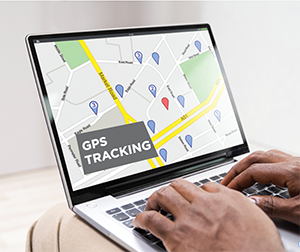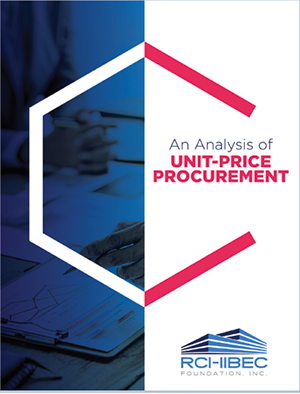Tracking company vehicles can help protect your company

|
When you have company vehicles on the road, using technology to track your fleet and interpret data can help streamline your business operations and protect your company and employees.
Rather than relying on individuals manually logging relevant data, some businesses use a fleet management service that can track vehicle fleets and employee behavior through a comprehensive system. When considering a fleet management service, look for the following features: hardware and installation, such as plug-and-play hardware, which does not require a professional’s help to install; driver safety and performance to hold drivers accountable for their actions; vehicle maintenance tracking to identify when maintenance is needed; GPS tracking for location and mileage; and alerts and reports to better understand how and when your employees operate company vehicles.
Tracking the right data is key to improving efficiency, increasing tax savings and identifying areas of overspending to ensure employees use company resources wisely. The U.S. Chamber of Commerce shares ways to track your company’s vehicle use.
Data to track includes:
What types of technology can benefit contracting companies?
Technology can help contracting companies automate workflows, reduce errors, improve security and boost efficiency.
The U.S. Chamber of Commerce offers the following technology tools to help contractors thrive.
- Project management tools. These tools provide task management, scheduling, collaboration and tracking features. They help companies manage multiple projects and remote teams and can be used to communicate, assign tasks and track progress.
- Accounting software. This software offers streamlined invoicing and billing processes, efficient time and expense tracking, and comprehensive financial reporting, among other benefits. It also can provide valuable insights and prevent missed deadlines.
- Cybersecurity. Data breaches can result in lost customers, damage to a company’s reputation and financial losses. Cybersecurity tools protect sensitive company and customer data.
- Customer relationship management software. This software helps manage customer relationships and lead conversion, store contact information, track sales and support customer service.
- Email marketing tools. These tools offer email templates, list management, automation and analytics so businesses can efficiently manage their marketing campaigns and improve the campaigns’ effectiveness.
- Invoicing and billing software. This technology is key to helping businesses track projects and invoices and ensure timely payments. Cloud-based accounting software can offer automated invoice reminders, faster online payments and better expense tracking.
- Contract management software. This software streamlines the contract life cycle with features such as custom fields, automated approval processes, alerts, redlining, e-signatures and audit trails to help increase efficiency and visibility.
Unit-price procurement analysis addresses cooperative purchasing agreement challenges

|
The RCI-IIBEC Foundation has released a new study, An Analysis of Unit-Price Procurement, regarding unit-price procurement of design and construction services.
The study found the unit-price approach, especially within cooperative purchasing arrangements, introduces opportunities for abuse in the prequalification, design and construction building phases.
Based on interviews with vendors, cooperative purchasing list owners, regional cooperative purchasing agents, public owner facility managers and public procurement staff, the study also includes a review of relevant literature by study authors Paul S. Chinowsky, professor emeritus in the Civil, Environmental and Architectural Engineering Department at the University of Colorado, Boulder, and Gordon Kingsley, an associate professor in the School of Public Policy at Georgia Institute of Technology, Atlanta.
In the study, the authors provide an overview of unit-price procurement and its challenges and suggest areas where adjustments are needed to help avoid inappropriate actions.
“This study makes clear the limitations of unit-price procurement, which is being adopted broadly by school districts, municipalities and university systems,” says RCI-IIBEC Foundation Chair Mike Blanchette, F-IIBEC, RRC, RRO. “Our report makes it clear there’s a better way to ensure excellence through all phases of the building enclosure design and construction process.”
“This report shows the challenge for policymakers and procurement officials who need to protect the public’s investment in infrastructure,” says IIBEC Executive Vice President and CEO Brian Pallasch. “We’ve developed a series of policy fixes to ensure the separation of the design, construction and materials supply parts to help ensure taxpayers receive the best value for their investment in these critical infrastructure improvements.”
The report is available to download at rci-iibecfoundation.org/home.aspx.



